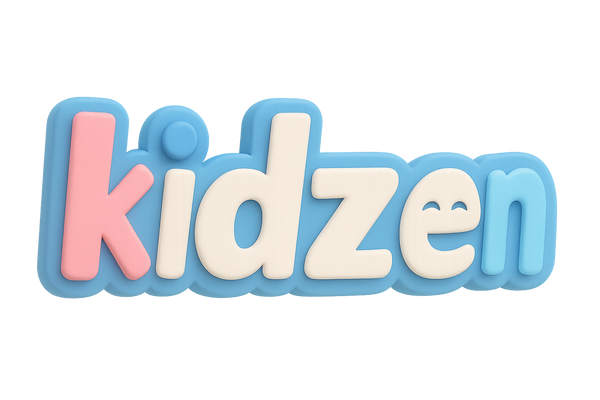
The Toy Museum at Home: Letting Kids Curate Their Own Collection
Share
Children don’t just play with toys—they create stories, worlds, and meanings around them. One powerful way to nurture this creativity is by letting them build their own “toy museum” at home. Instead of parents deciding where toys go, children become the curators of their own collection.
Why Curation Builds Ownership
Research on child autonomy shows that when kids make decisions about their environment, they develop stronger self-esteem and responsibility (Deci & Ryan, Psychological Inquiry, 2000). By deciding which toys are “special exhibits” and how they are displayed, children learn organization, categorization, and even storytelling.
Learning Through Playful Display
A home toy museum can be as simple as a shelf, a corner of the playroom, or a rotating box of “featured toys.” Studies in developmental psychology show that display and categorization tasks strengthen memory and cognitive flexibility (Thibaut & French, Journal of Experimental Child Psychology, 2016).
From Collector to Storyteller
Kids often love to explain why one toy is important or how it connects to another. This act of verbalizing helps develop language skills and narrative thinking. It also gives parents a window into their child’s inner world.
Conclusion
A toy museum isn’t about making play tidy—it’s about giving children the joy of authorship. By curating their toys, they’re not just cleaning up—they’re creating identity, pride, and a sense of ownership.
